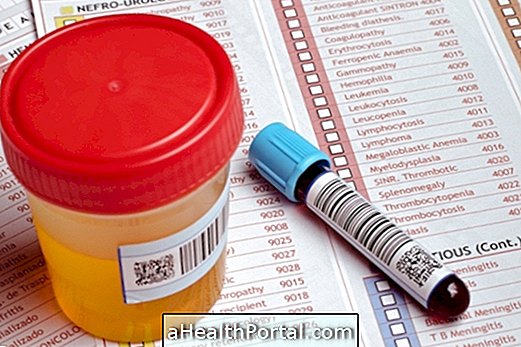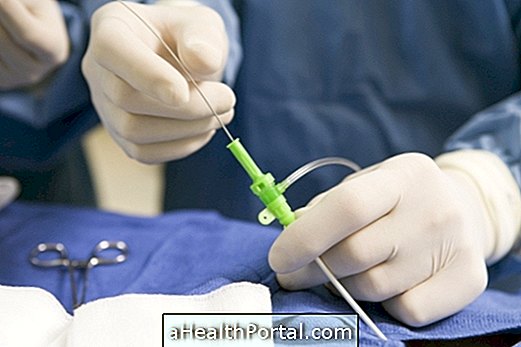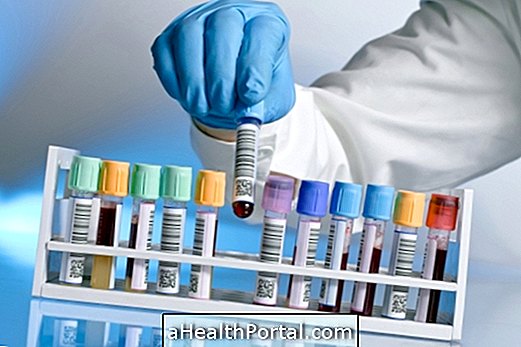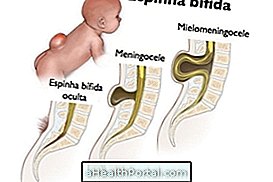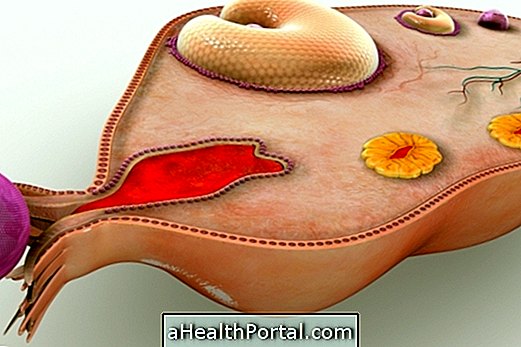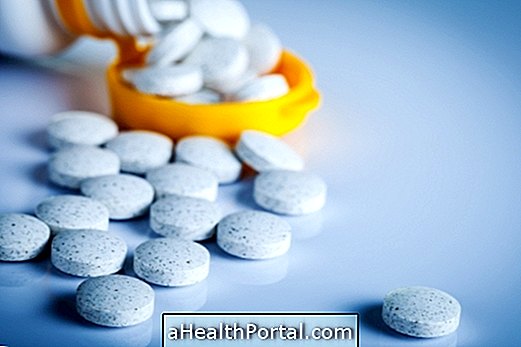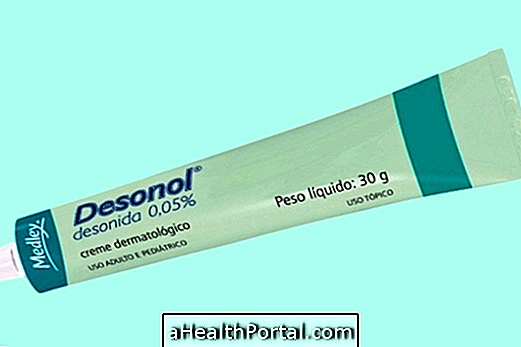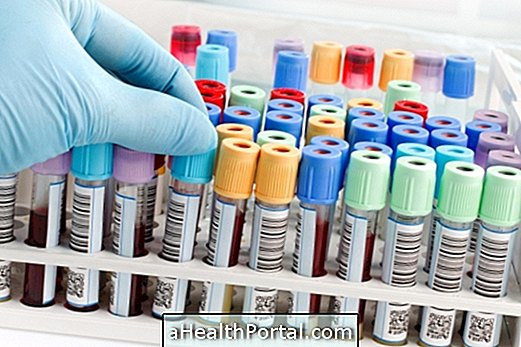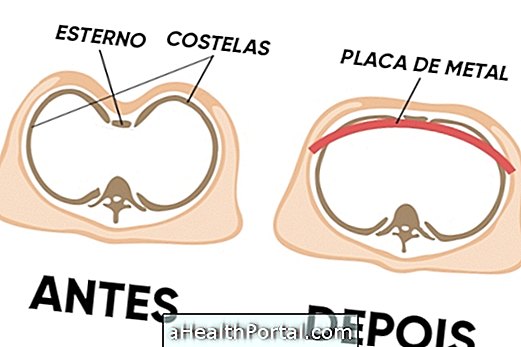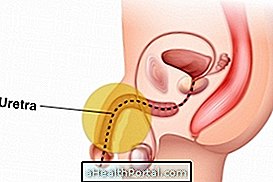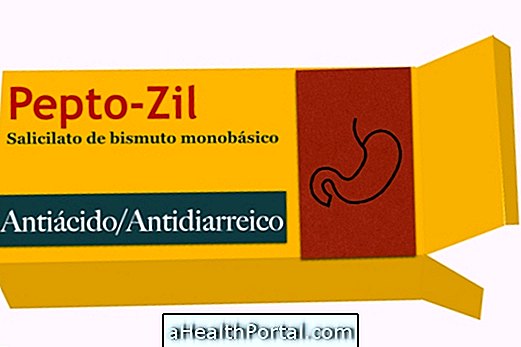Prothrombin time or PT is a blood test that evaluates the blood's ability to coagulate, that is, the time taken to staunch a bleed, for example.
Thus, prothrombin time test is used whenever bleeding or bruising is frequent to try to find the cause of the problem, as well as when there are suspicions of problems in the liver, and the dosage of OGT, TGP and GGT is also requested. See which exams evaluate the liver.
In the case of people who use oral anticoagulants, such as warfarin or aspirin, the doctor periodically requests INR, which is a more specific measure than PT to assess the effect of medications, since TP is usually high in these conditions .
Prothrombin, also known as coagulation factor II, is a protein produced by the liver and when activated promotes the conversion of fibrinogen to fibrin, which, together with platelets, forms a layer that prevents bleeding. Thus, prothrombin is an essential factor for blood clotting to occur.
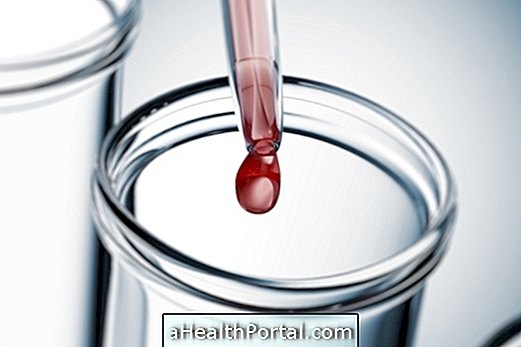
Reference values
The reference value of prothrombin time for a healthy person should vary between 10 and 14 seconds . In the case of INR, the reference value for a healthy person should vary between 0.8 and 1.
However, if oral anticoagulants are used, the value should be between 2 and 3, depending on the disease that led to the need for treatment with this type of medication.
Meaning of results
The prothrombin time test result may be altered due to different causes, so whenever there are changes the doctor can request new tests to be able to identify the correct cause and start the treatment.
Some of the most common causes include:
High prothrombin time
This result indicates that if a cut occurs, bleeding will take longer to stop, and some of the more common causes include:
- Use of anticoagulants;
- Alteration of intestinal flora;
- Unbalanced feeding;
- Liver diseases;
- Vitamin K deficiency;
- Coagulation problems, such as hemophilia;
In addition, some medications such as antibiotics, corticosteroids and diuretics may also alter the value of the test and it is therefore advised to tell the doctor about all the medication being used.
Low prothrombin time
When the prothrombin value is lower, it means that the coagulation happens very fast. Thus, although bleeds are rarer and stop quickly, there is a greater risk of clots forming that can lead to heart attack or stroke.
Some of the causes that can cause this change include:
- Use of vitamin K supplements;
- Excessive consumption of foods with vitamin K, such as spinach, broccoli or liver;
- Use of estrogen tablets, such as birth control pills.
In these cases it may be necessary to start using anticoagulants or heparin injections until the cause of the change is identified. After this, the doctor will recommend the most appropriate treatment.
